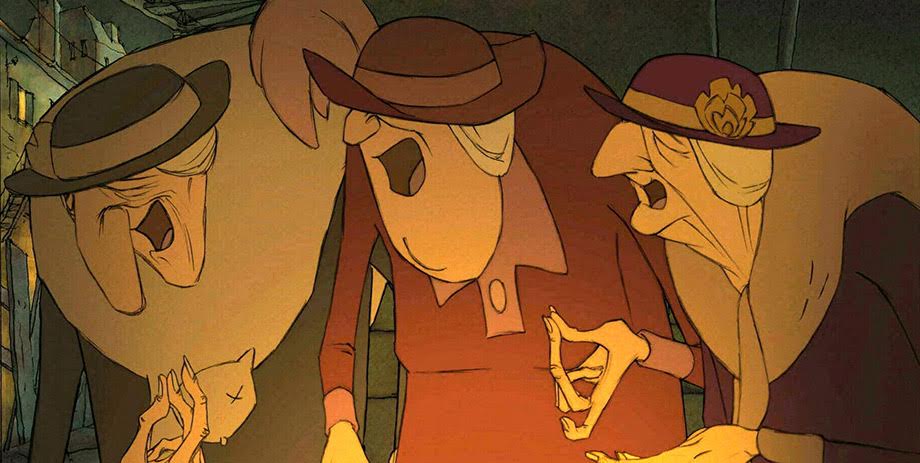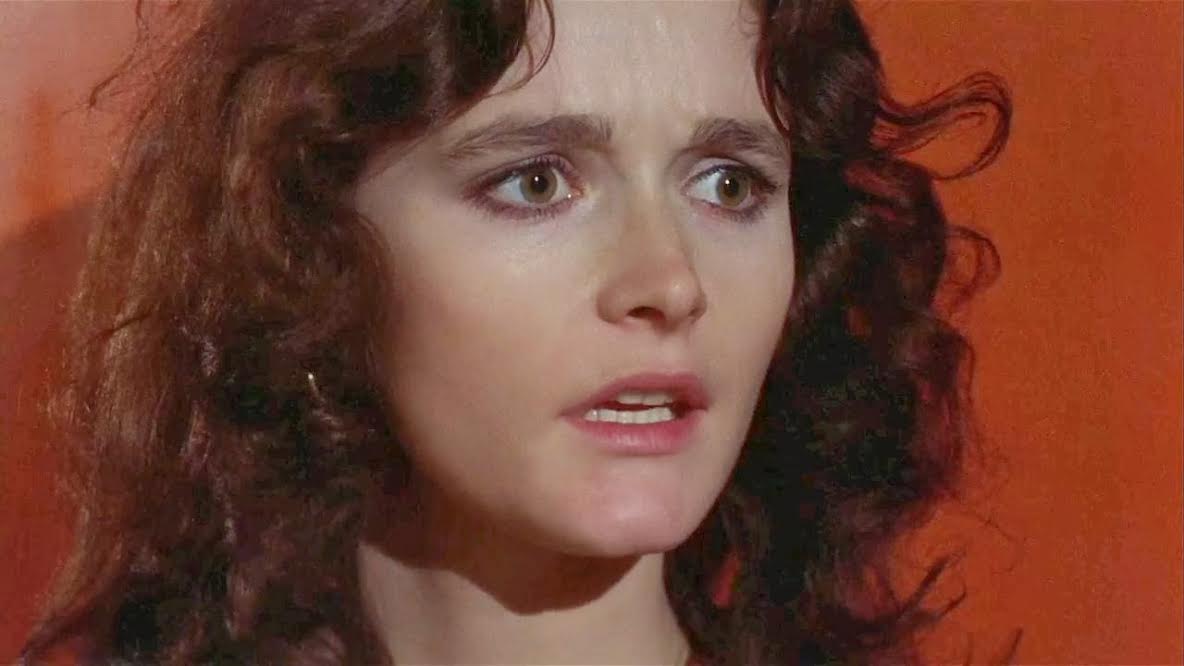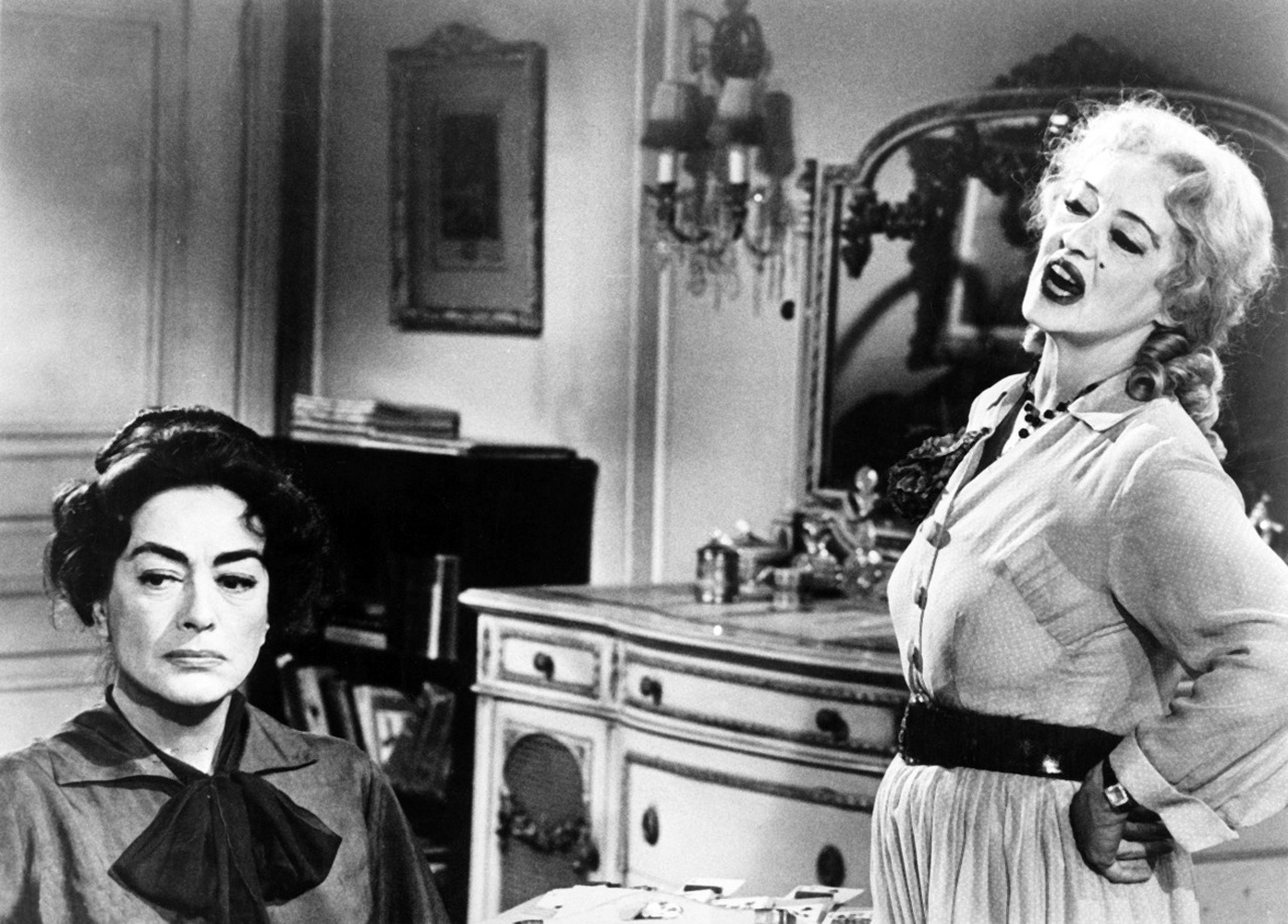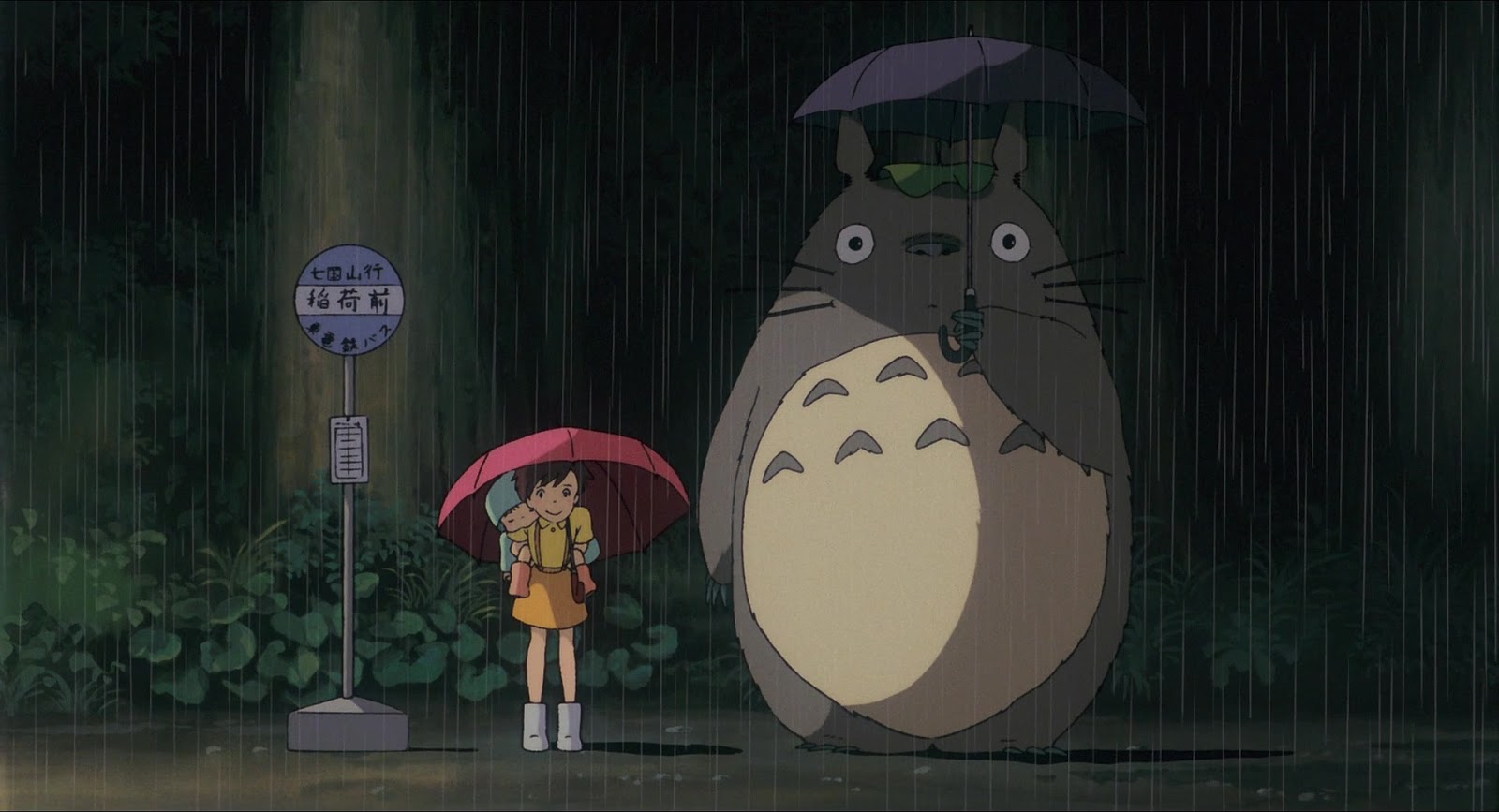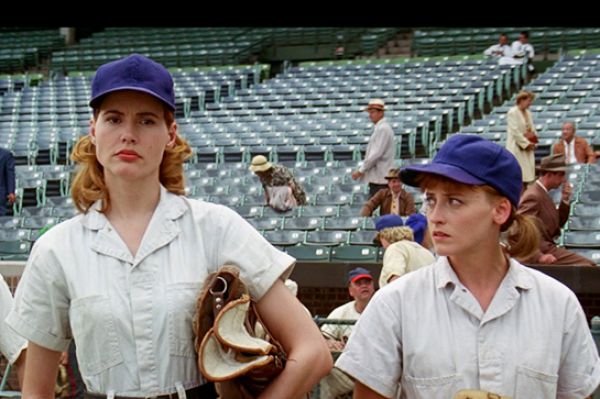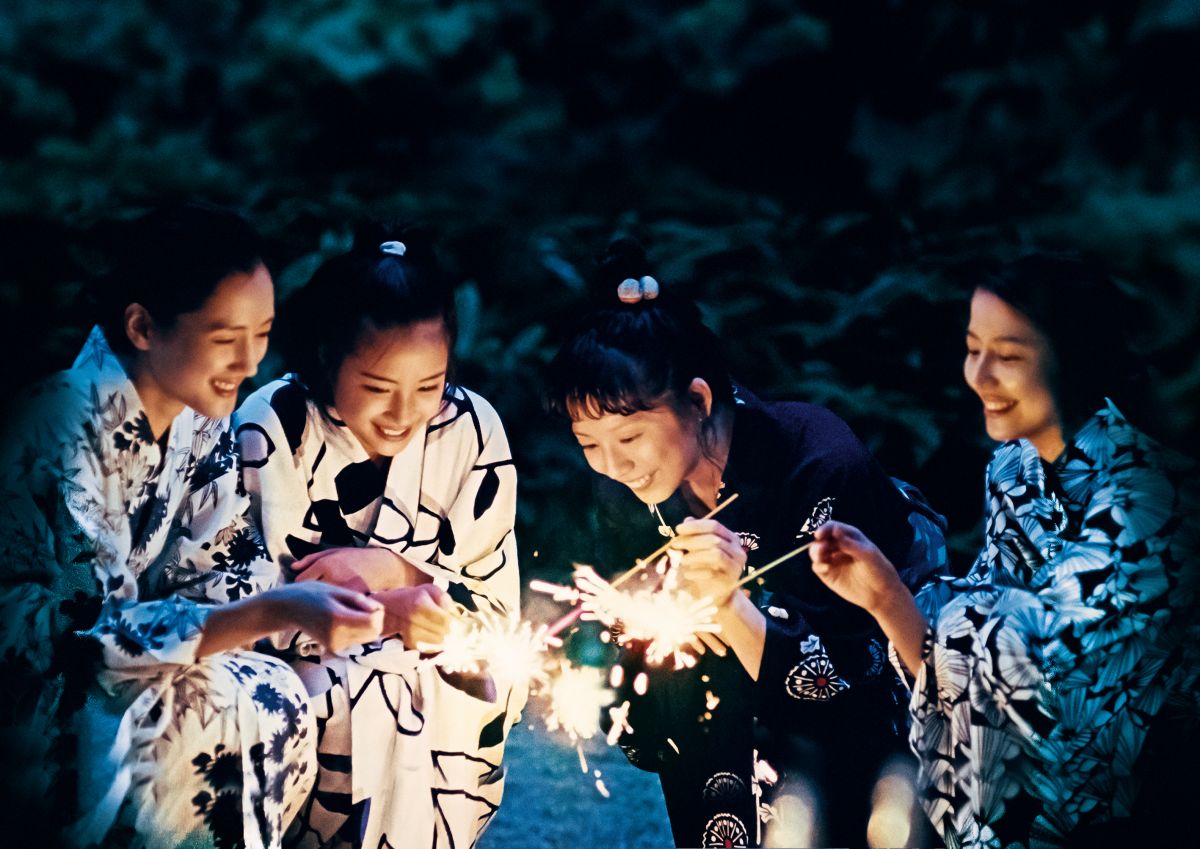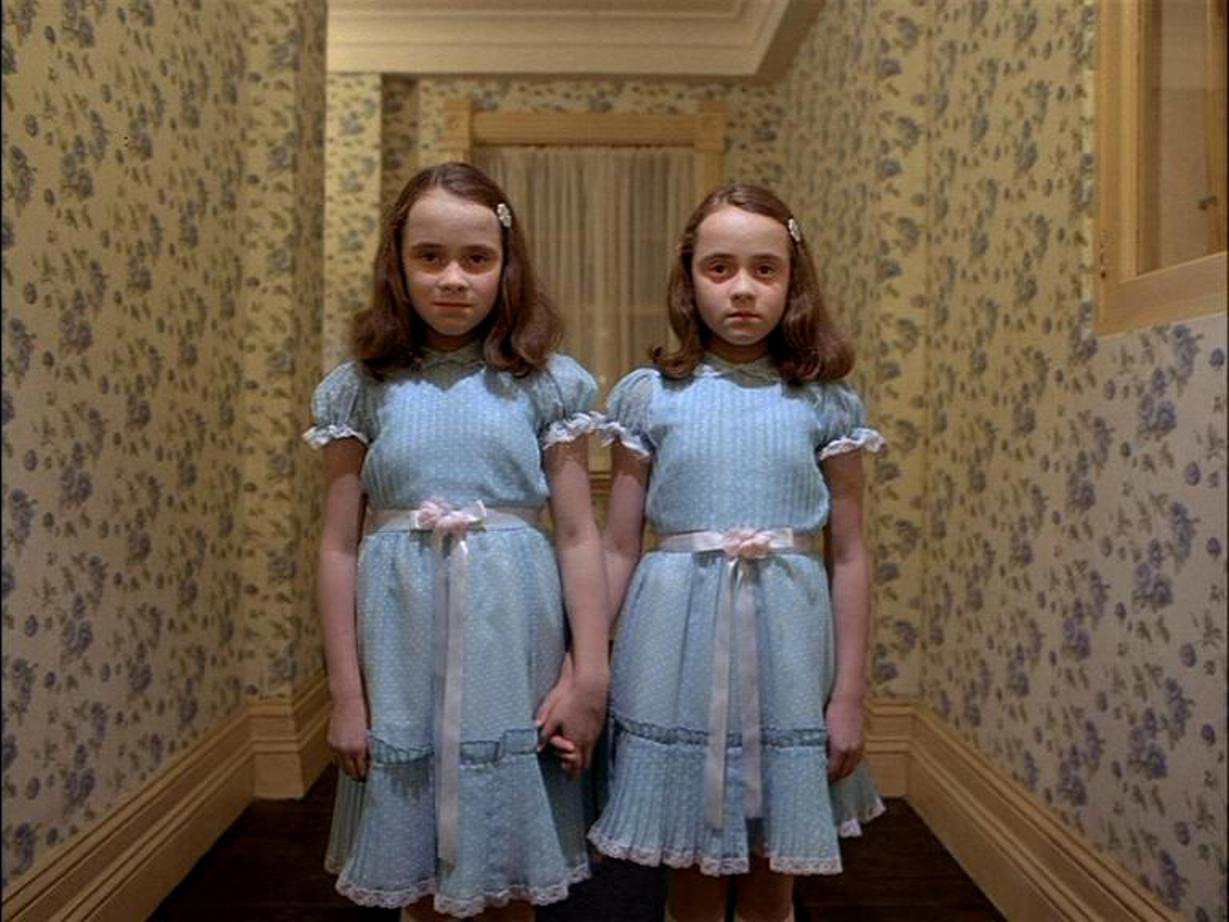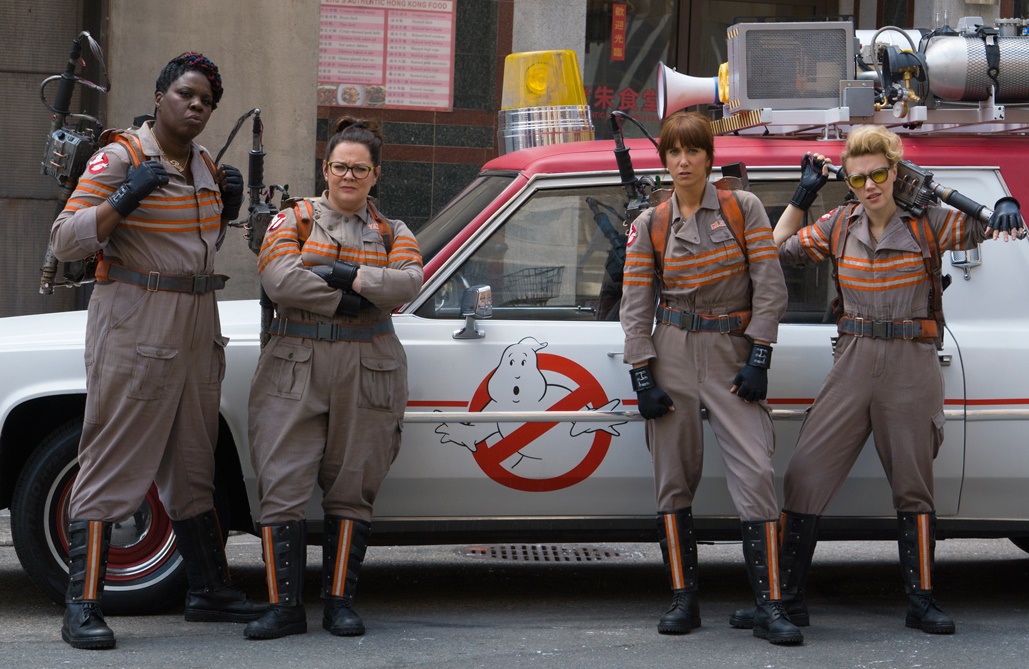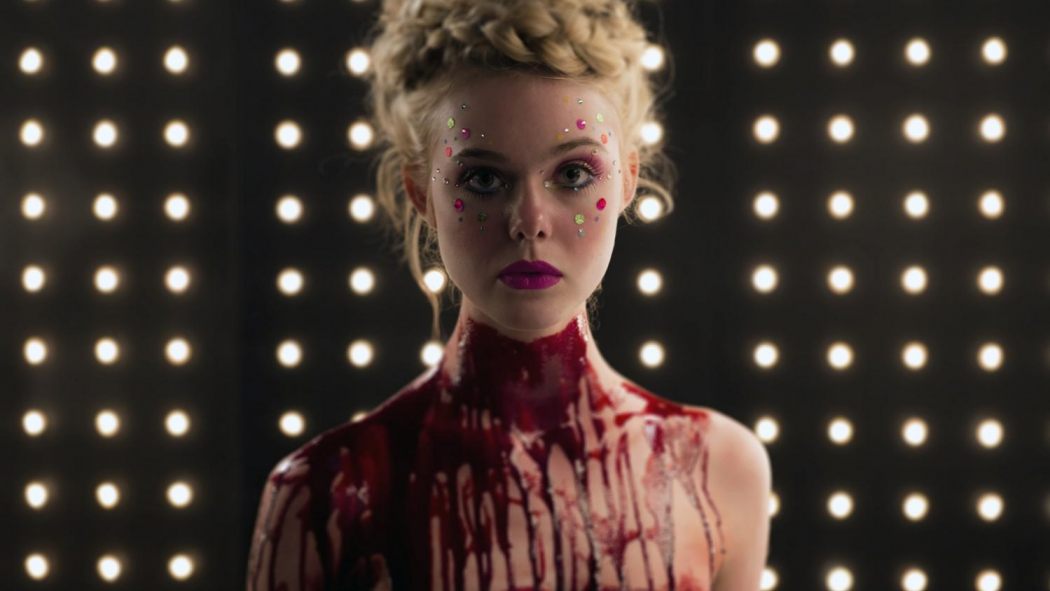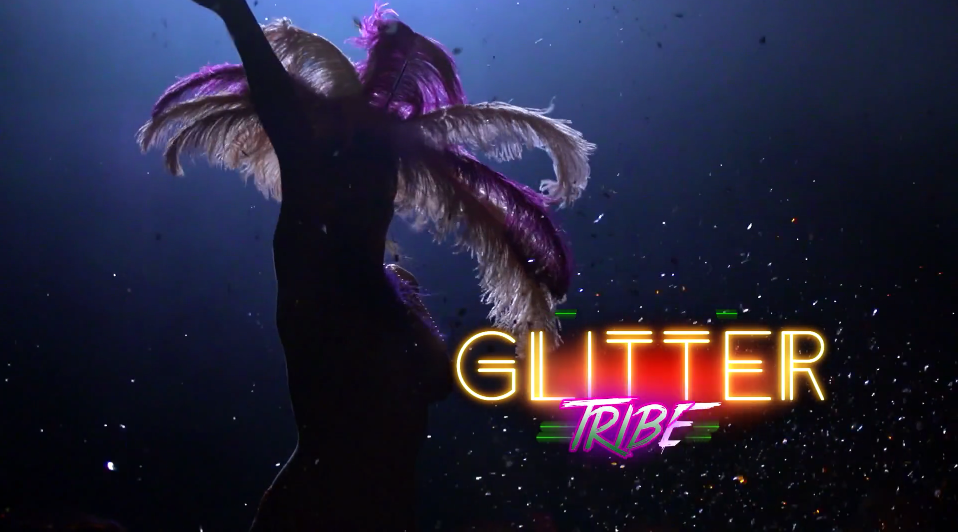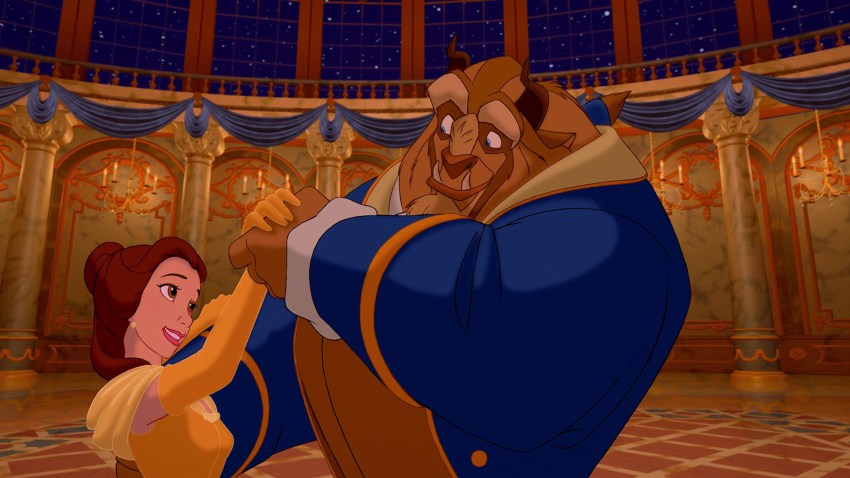
This guest post written by Laura Shamas appears as part of our theme week on Sisterhood. | Spoilers ahead.
Sisterhood is powerful, magical, and resilient: that’s the sororal message in the celebrated 2003 animated film The Triplets of Belleville (Les Triplettes de Belleville), written and directed by Sylvain Chomet. The film was nominated for two Academy Awards in 2004 in the categories of Best Animated Film and Best Music/Best Original Song (for “Belleville Rendez-vous”), and won many other awards.
Initially presented in nostalgic sepia and white tones, the fictional city of “Belleville” is a combination of Paris and New York. When the film begins, the youthful Triplets are a singing jazz sensation, part of a smashing show at the “Swinging Belleville Rendez-vous,” featuring Josephine Baker, Django Reinhardt, and Fred Astaire, whose own shoes devour him.
Chomet’s film is nearly dialogue-free, and the repeated chorus of the sisters’ hit song underscores the importance of engine motion to the women, and to the film: “Swinging Belleville rendez-vous/Marathon dancing doop dee doop/Vaudou Cancan balais taboo/Au Belleville swinging rendez-vous.” In a 2004 interview, Chomet said the lyrics are onomatopoeic, without meaning, and drawn from English and French. So the music “swings,” and evokes a train and train whistle; there’s a suggestion of movement in it musically and lyrically.
The story then shifts to the older woman Madame Souza and her melancholy toddler grandson Champion, who watch the famous Triplets sing on television; the “present” is depicted by a shift to color in the animation. Widowed Souza, who raises orphaned Champion, nurtures the boy’s love of cycling and devotes herself to training him, most notably by blowing a loud whistle as she trails along behind him. She also gives him a puppy named Bruno. When we first see their little home, it’s in the middle of farmland, a pastoral setting. But after Champion and Bruno mature, trains run right next to their home, and Bruno barks at them all day long. “Progress” has arrived.
As “mother,” trainer, and de facto mechanic, Souza balances the wheels of Champion’s bicycle each evening, after she gives him a post-workout rubdown with a vacuum cleaner. She spins a tire wheel at the dinner table — an image that evokes a spinning “wheel of fortune” or perhaps the classical image of the Fates, who were depicted with a spinning loom as they decided an individual’s future by cutting the Mother thread of Life.
At a remote mountaintop, Champion is kidnapped from his Tour de France race by the mafia, and forced onto a huge ship along with two other cyclists in the race. Souza, Bruno, and a driver find Champion’s abandoned bike on the peak — the only clue to his disappearance. The grandmother and dog paddle across the ocean in a small rented boat, and track the ship to Belleville. Bruno sniffs the way, detecting Champion’s scent. Eventually, Souza and Bruno find themselves down and out at night in Belleville, sitting around a lonely fire in a deserted part of town, unsure of Champion’s location. A forlorn Souza spins her wheel rhythmically in a back alley, as a full moon rises.
The Triplets of Belleville suddenly appear and perform their hit song to the percussion of Madame Souza’s wheel. Much older, they still sound great. The trio kindly takes in Madame Souza and Bruno.
The three eccentric women live together in one-bedroom apartment near a train track, decorated with posters from their former glory days. At home, the trio let down their long silver hair, brushing it out, in one case. When the Triplets start to make supper, hungry Souza and Bruno anticipate a traditional meal. Instead, one of the Triplets goes into a nearby marsh and collects frogs to boil, via a stick grenade thrown into a pond that propels frogs into the air. She catches them with a net. The five then feast on frogs, prepared in a large pot.
Afterwards, Souza offers to help clean up the kitchen, but discovers that the fridge is completely empty; a Triplet indicates that the appliance mustn’t be touched. Likewise, the vacuum cleaner is puzzlingly off-limits to Souza, too; a newspaper must not be read or tossed, either. The sisters soon retire to their one bed, which they share; they watch an old bicycle race on television and laugh. The grandmother and Bruno sleep in the other room, with Souza on the couch.
The three sisters are presented in two different eras in the film: young, when they are big stars at the Rendez-vous club, and then, at this later point, as elders. In fairy tale terms, they appear in the second part of the film as “crone” characters, related to witches. They show up at night; they eat boiled frogs from a cauldron-like pot. Their work is “nocturnal,” as they still have music gigs, and there are three of them, like William Shakespeare’s Weird Sisters in Macbeth. But even though the Triplets are no longer in their heyday, they have stayed together as a collective, and seem content. They are still experimental musicians with regular gigs in Belleville.
Character distinction between the sisters as individuals is not a major focus for Chomet, although each Triplet has different functions/feelings at specific times. The bond of the sisters as a more monolithic force is depicted instead: Chomet presents the unity of sisterhood.
The Triplets invite Souza to join them onstage at a restaurant, playing her spinning bike wheel so that it sounds like a xylophone; they instantly become a quartet. As experimental music-makers, the three sisters subvert traditional tools of domesticity; they play the unused refrigerator, the vacuum cleaner, and the newspaper as musical instruments in an avant-garde performance. This is also part of the sisters’ special powers; they transform everyday objects by finding new functions for them, and in the process, they create something brilliant together, not as individuals.
Members of the mafia come to this venue to dine; Bruno and Souza track the criminals later, and surmise that Champion and two other cyclists are being used as part of a bizarre underground betting scheme. Three chained, exhausted bikers pedal to power a movie projector that displays an open road on film. Bets are placed on their never-ending race by a shouting unruly mob, maintained by the mafia. The four women, with Bruno, formulate a plan to free Champion. The Triplets and Souza maneuver their way into the rowdy betting arena, dressed as one of the syndicate guys (who, throughout, have been visually distinctive as black square “suits”).
One exhausted cyclist is shot. In a scuffle, Madame Souza and the sisters manage to free the pedaling platform, throw another stick grenade, and escape together to the road. One sister steps onto the vacated empty bicycle and they bravely pedal the platform into Belleville’s streets. Pursued by the mafia, Souza and the sisters block incoming bullets with a frying pan — again, subverting a tool of domesticity into something else. In the chase scene, a train intercedes to slow the bad guys down, and finally, on a steep hill, Souza trips one remaining foe with her big clog. The Triplets, Souza, Bruno, Champion, and the other cyclist all pedal away up a hill into the nighttime, with the film of an open road still projecting on a screen in front of them.
The film concludes with Champion, now an old man, watching this very film on television. He turns and answers a question posed by Souza at the very beginning: “Is that it, then? Is it over? What do you think?” Champion: “I think that’s probably it. It’s over, Grandma.”
The agency of older women, including the eponymous trio, is vital to Chomet’s The Triplets of Belleville. Familial sisterhood becomes “Sisterhood” with a capital S in this film. Chomet’s Sisterhood is inclusive, because it’s not just the Triplets; by the end, Souza’s in it, too. One foreshadowing of their symbolic Sisterhood is Souza’s early use of a vacuum cleaner as a post-workout rubdown tool; like the Triplets, Souza, subverts a domestic tool for another purpose.
The idea of engine/wheel motion, prevalent throughout the film in “swinging” music, trains, bicycles, and separate wheels, is also part of this powerful Sisterhood. It represents the agency Sisters have to go places and do things; they solve mysteries and bring down the mafia, all while making their music. Spinning wheels also represent a connection to a wheel of Fortune and Fate/the Fates: these Sisters know how to work with it. The Triplets fearlessly “swing,” have a train whistle motif in their anthem, and live by a train track. Souza, too, lives by a train, manages a cyclist, and balances a spinning wheel each night, which she eventually turns into a musical instrument.
When they hit hard times, the Sisters are resilient and resourceful. They always find a way. They use domestic tools for music (the Triplets), or post-workout massages (Souza), or as shields (as in the final mafia chase). Magical sisters stick together and get things done; one elderly sister is magical enough to be able to pedal along with Champion and the other outstanding cyclist in the final sequence.
Sisterhood is long-lasting: Chomet opens with the Triplets as young stars, and ends with them as heroines in their dotage, with a new Sister in Souza. The ending is happy, as we see the long-term results of their adventure: Champion has lived into old age, and is grateful to them. He honors their story by watching it with us.
Laura Shamas is a writer, myth lover, and a film consultant. For more of her writing on the topic of female trios: We Three: The Mythology of Shakespeare’s Weird Sisters. Her website is LauraShamas.com.
